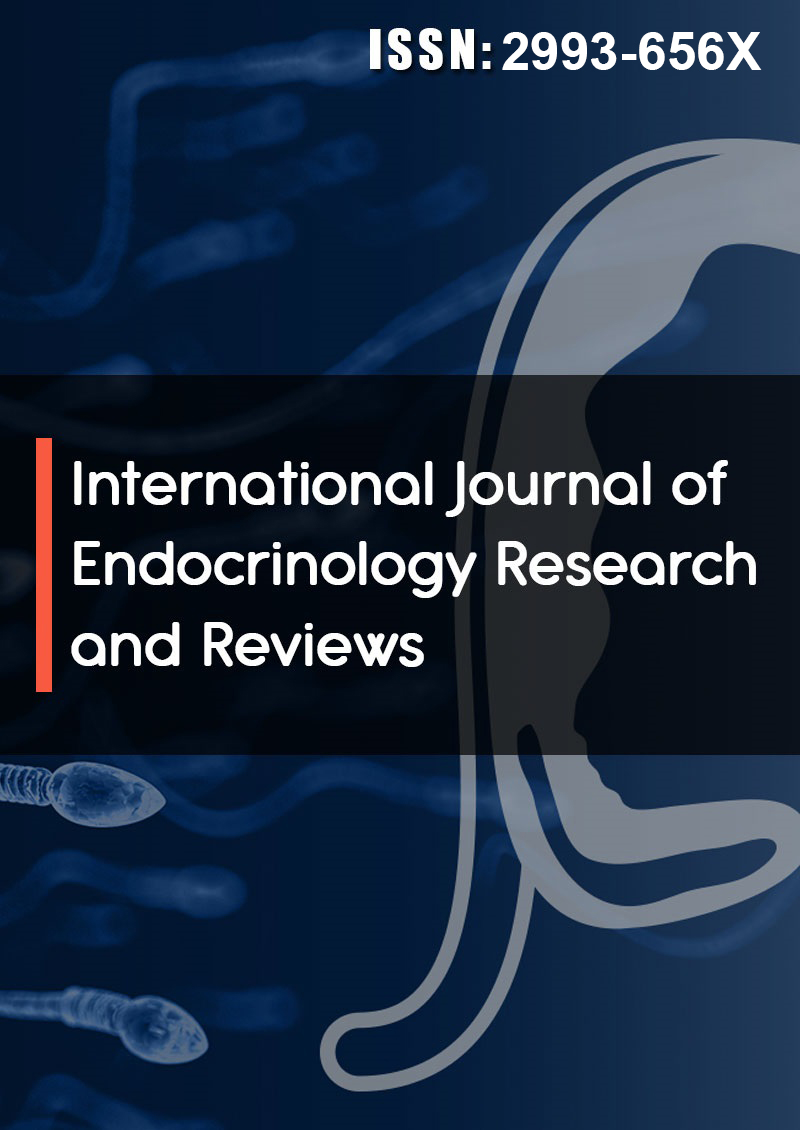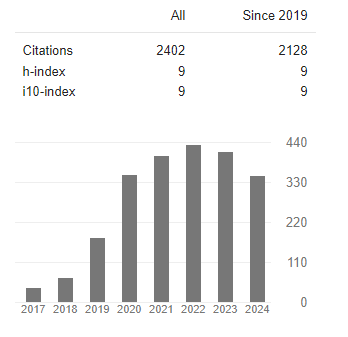Female-To-Male Transgenders Patients’ Perceived Disparities in Cancer Screening Adherence: A Phenomenological Study
Abstract
Kim Parkinson and Eric Matthews
Members of the transgender community may have a higher risk for cancer due to certain factors like smoking, alcohol and drug use, obesity, and significantly higher rates of HIV. However, transgender persons are less likely to adhere to life-saving cancer screening exams than cisgender individuals. Although quantitative data exist showing the lower percentage of transgender vs. heterosexual cancer screening adherence rates, qualitative research from a transgender person's point of view is needed to understand the barriers to why fewer transgender individuals adhere to cancer screening guidelines. This qualitative, phenomenological study aims to explore female-to-male transgender individ- uals’ perceived experiences with cancer screening exams. A convenience sample of seven female-to-male transgender individuals was recruited from LGBTQ social media support websites. Qualitative data were collected through in-depth Zoom interviews using open-ended questions regarding the participant’s level of knowledge of routine cancer screen- ing exams and the barriers preventing them from seeking these exams. Results from data analysis showed that overall, participants were unfamiliar with routine cancer screening recommendations. To determine barriers, thematic analysis of the interview data generated four main themes. These included: social stigma (discrimination), financial/insurance difficulty, emotional stress, and previous traumatic experiences. Understanding why this underserved population does not adhere to cancer screening exams will help identify specific barriers that can be addressed through interventions and education. If improvements can be made in health care so that the percentage of trans-patients who commit to routine cancer screening increases, diagnosis and treatment will improve, and lives will be saved.




